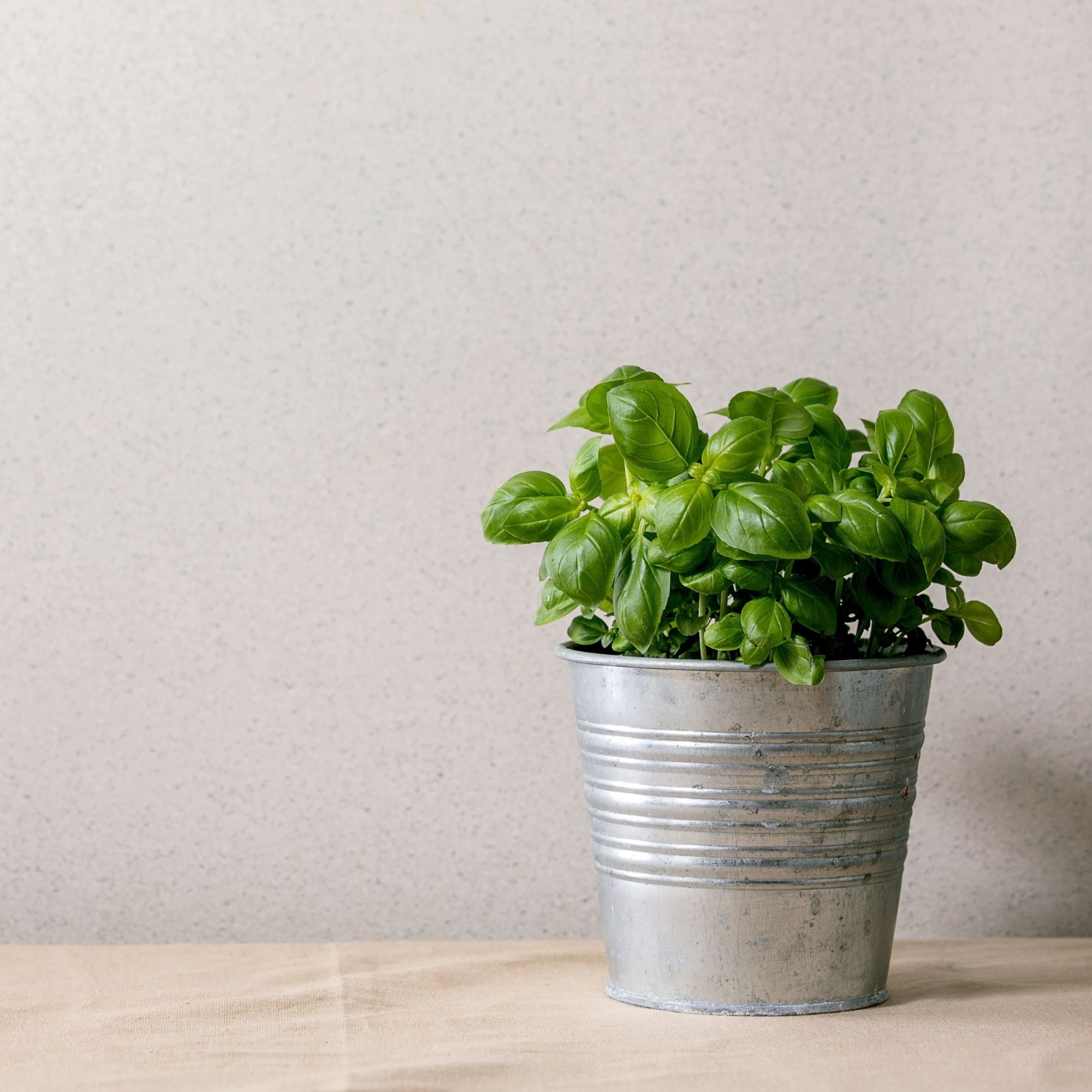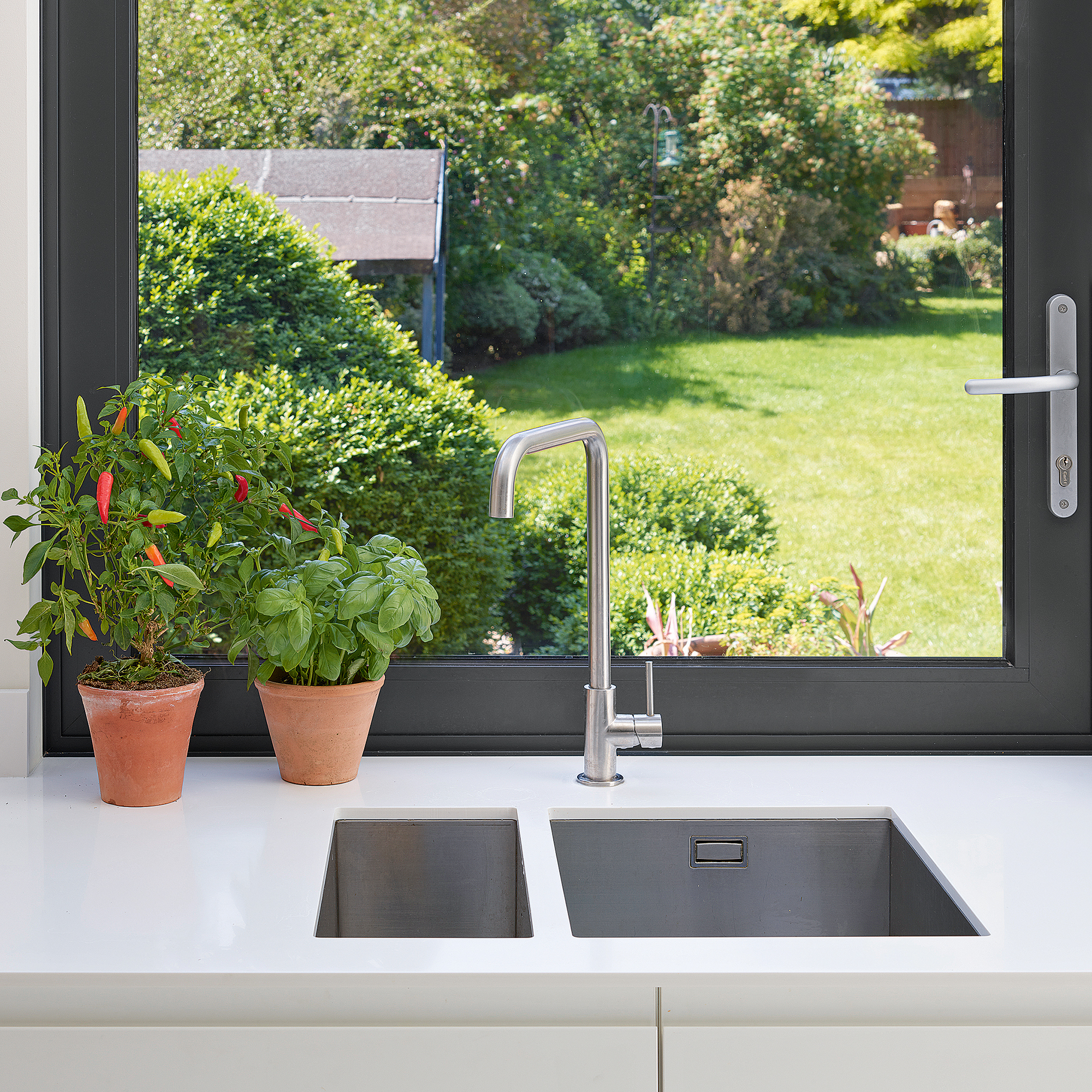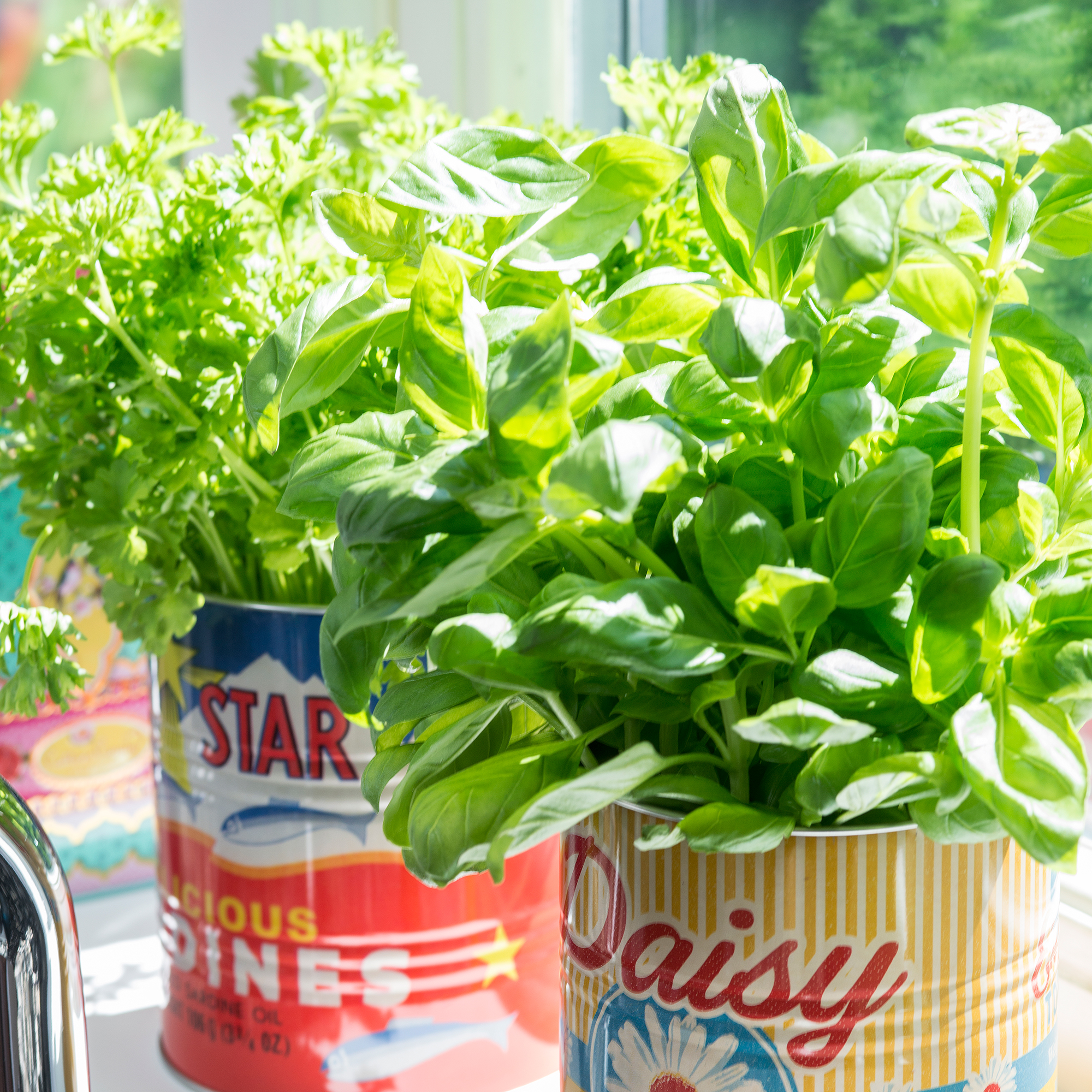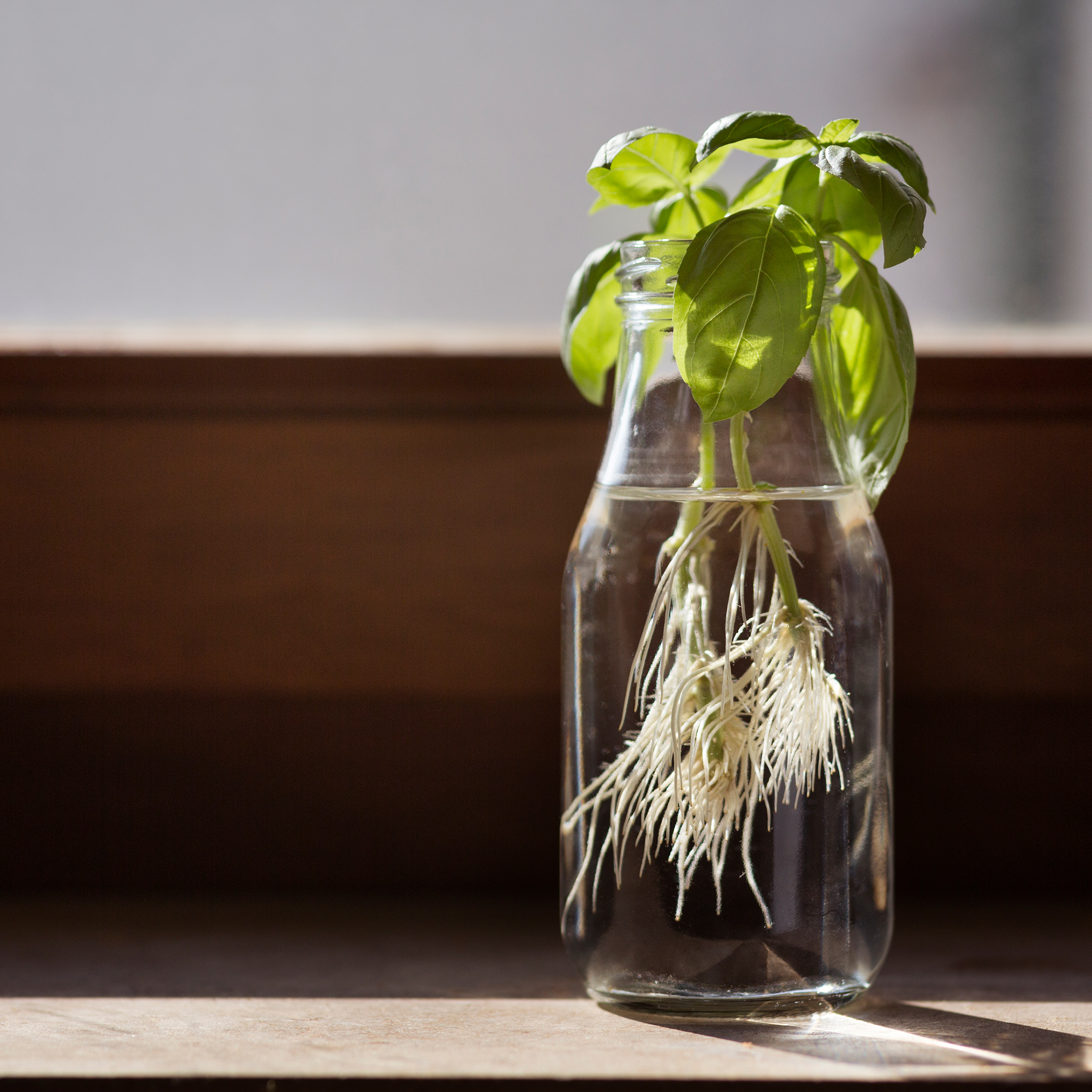
Figuring out how to harvest basil without killing it is a skill that's well worth learning. After all, it's one of those garden ideas that doesn't just save us money in the long run: it keeps our homemade Italian dishes tasting absolutely delicious, too.
Now, we know what you're thinking: you already know how to grow basil from shop bought, so surely harvesting its tasty leaves should be easy-peasy, right?
Well, it's simple enough – once you've mastered the technique, that is!
How to harvest basil
'Growing your own basil at home is really about as simple as it gets,' says Joseph Clark of @JoesGarden fame.
'Honestly, once you start you will never look back!'
Now, we all know that basil is supposed to regrow after cutting. In fact, the more you prune it back, the bigger your harvest will be.
But how do you harvest basil without killing the plant?
Here's what you need to know.

How to harvest basil without killing the herb
Harvesting basil leaves isn't just a delicious treat – it is also a crucial part of keeping your basil healthy, according to Morris Hankinson, the director of Hopes Grove Nurseries.
'Begin harvesting once the plant has grown several sets of leaves, usually after 6-8 weeks from planting,' advises Morris.
'You harvest by pinching off the top leaves just above a set of lower leaves. This will encourage lateral growth and result in a bushier plant.'
The most important thing is to avoid cutting the central stem, as this could inhibit growth. But, thankfully, Joseph has a special tip to help with this, as you can see in the video below:
'A little trick I like to use to harvest basil, so it keeps giving me more and more, is to avoid picking the leaves,' says Joseph, noting that doing so on a daily basis will weaken the plant.
'All the way along the stem of the basil you will find little side shoots,' he continues. 'If you take a cutting from here, it will allow the plant to keep growing these side shoots.'
Eventually what will happen is your little basil plant will form a basil bush.
'Once this happens, you can happily take as many leaves as you like as the plant will be more established and able to handle it,' adds Joseph.

If your basil starts flowering, Morris says you need to leap into action to save your herb garden, and fast.
'You must remove any flowers that appear on the basil plant,' he explains.
'Flowering signals the end of the plant's life cycle and can reduce the quality and quantity of leaves.'
Consider us warned.
FAQs
Can you grow basil from a cutting?
Fun fact: basil is one of the easiest plants to grow from a single stem.
'It really is as simple as taking a cutting of basil, ideally from the top of your basil plant,' says Joseph. 'This cutting then just simply needs to be popped into some water, and all you have to do is wait.'
While it may seem as if nothing is happening at first, your basil will spring into life a week or two later.
'Tiny little roots will appear, which will start off very small, but over the next few days, will grow into a full size root ball,' says Joseph.
'It is at this stage where you can simply pot this on into a pot with good quality compost, and just like that, you have a new basil plant. The best part is, it was completely free.'

When should I harvest basil?
You need to regularly pinch or trim the tips of the basil stems to encourage bushier growth, according to Morris, as this helps to prevent the plant from becoming leggy and encourages it to produce more leaves.
You can start harvesting the leaves of basil as soon as the plants are 6 to 8 inches tall.
How do you grow basil and keep it alive?
'It's important to choose the right location when planting basil,' says Morris. 'Basil loves sunlight, so pick a spot that gets at least 6-8 hours of direct sunlight daily. It also prefers warm temperatures, ideally between 18°C to 29°C.'
Basil grows best in well-drained, well-fertile soil. 'Before planting, amend the soil with organic matter like compost to enrich its nutrient content, and make sure the seeds or seedlings about 8-12 inches apart, as basil can spread significantly when it's mature,' continues Morris.
Aim to keep the soil consistently moist, but not soggy – and don't forget to feed it regularly with a balanced, water-soluble fertiliser once a month to promote healthy growth.
'Try not to overdo it though, as it can lead to excessive leaf growth with reduced flavour,' says Morris.







